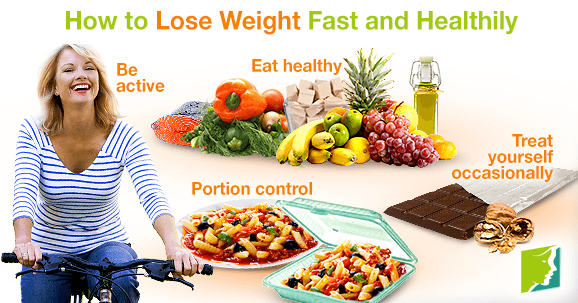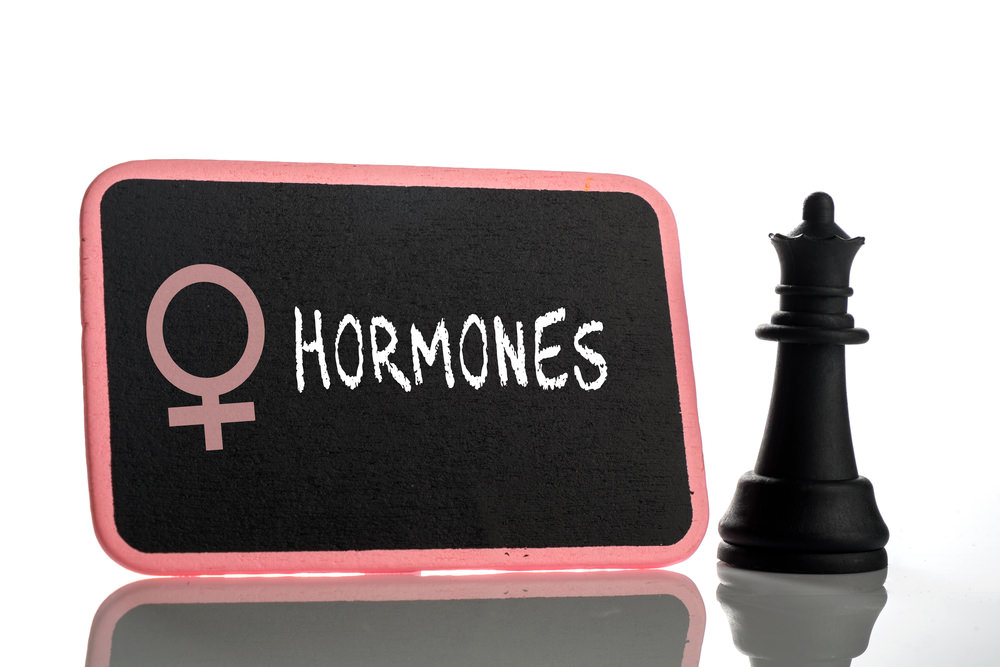Overweight regulation and obese prevention

Overweight regulation and obese prevention is a condition that simple exercise can solve
Overweight regulation and obese prevention: The exercise factor in delivery
Being physically active is one of the most used ways of controlling weight gain and the prevalence of obesity globally. The consequences of obesity are so daring that when proper measures are not taken in good time by ensuring effective overweight regulation and obese prevention, things may get out of hand. Generally, obesity results from energy imbalance meaning that very little calories are being burned. Speaking to the experts’ at AWAREmed health and wellness resource center, doctor Dalal Akoury who is also the founder of this facility reiterates that, the burning of calories is influenced by a number of factors including body size, age, and gene. Nonetheless, the most noticeable one is the quantity of physical activity people need to get health on a daily basis.
Being physically active helps people to stay at a healthy weight gain or loss and significantly reduces the risk of heart disease, diabetes, stroke, high blood pressure, osteoporosis, and certain cancers, as well as reduce stress and boost mood while living an inactive (sedentary) lifestyles do just the opposite. What is surprising is that even with this knowledge people are not keen on being physically active and this cuts across the globe. On a daily basis the levels of activities at work, homes are getting down because people are comfortable with things around them. It is estimated that about one in every three gets very little that is if any of the physical activity further increasing the level of decline. And it’s evident that this decline in physical activity is a major contributor to the global obesity epidemic, and in turn, the rising rates of chronic diseases everywhere. In this article, I will be defining physical activity and explains how it is measured, reviews the trends, and discusses the role of physical activity in weight control in fighting obesity progressively.
Overweight regulation and obese prevention: Physical activities and exercise
The two terms associated with activities are often taken to have the same definition which is not true. I am talking about physical activities and exercise they are all used in reference to the same thing but have different meanings as follows:
Physical activity – refers to any body movement that burns calories, whether it’s for work or play, daily chores, or the daily commuting so long as some calories are burned during that particular body movement.
Exercise -is a sub-category of physical activity referring to planned, structured, and repetitive activities aimed at improving physical fitness and health of an individual?
Moderate-intensity physical activity – these refer to those activities which are strenuous enough to burn three to six times as much energy per minute as an individual would burn when sitting quietly or 3 to 6 METs. However, Vigorous-intensity activities will burn more than 6 METs.
Experts measure the intensity of physical activity in metabolic equivalents (METs). One MET is defined as the calories burned while an individual sits quietly for a minute. For the average adult, this is about one calorie per every 2.2 pounds of body weight per hour; someone who weighs 160 pounds would burn approximately 70 calories an hour while sitting or sleeping. This is not all about measurement and for more on this and many others, you can call doctor Akoury now and you will have all your concerns addressed professionally.
Overweight regulation and obese prevention: The exercise factor in delivery
http://www.awaremednetwork.com/









